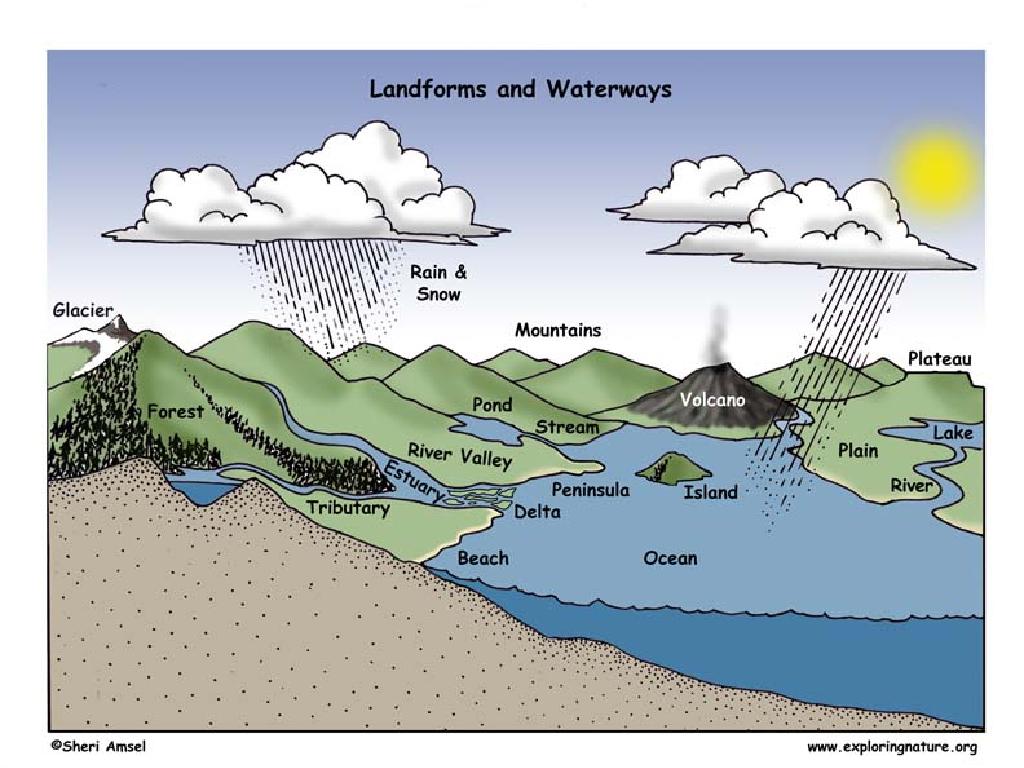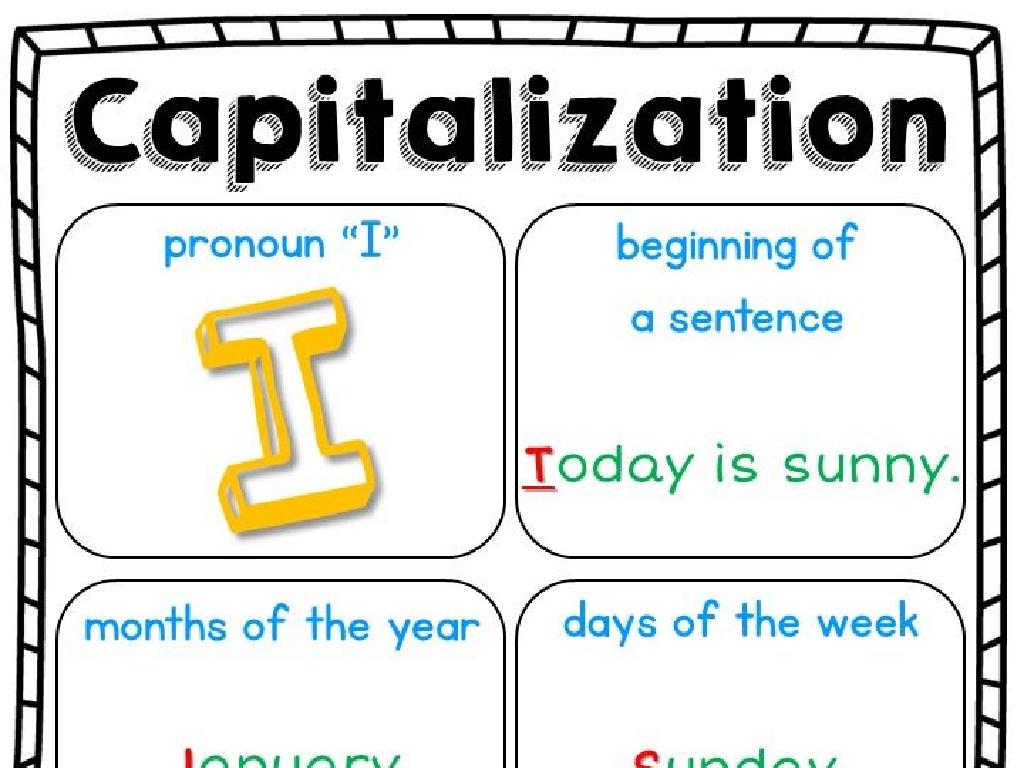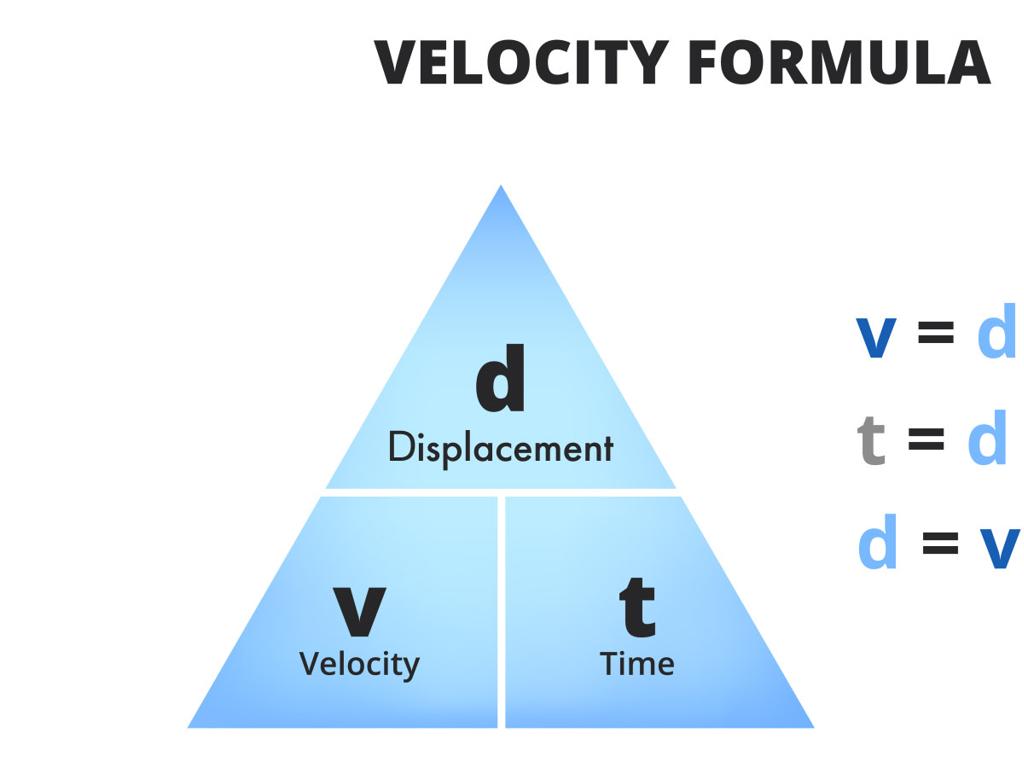Classify Elementary Substances And Compounds Using Models
Subject: Science
Grade: Seventh grade
Topic: Density
Please LOG IN to download the presentation. Access is available to registered users only.
View More Content
Welcome to Density!
– Exploring the concept of density
– Density is mass per unit volume, like how compact an object is.
– The significance of density in science
– Density explains why objects float or sink and is key in many scientific phenomena.
– Classifying substances using density
– Using models to differentiate between elements based on their density.
– Investigating compounds and density
– Understanding how compounds have different densities than their individual elements.
|
Begin the lesson by introducing the concept of density as a fundamental property that measures how much mass is contained in a given volume. Emphasize the importance of density in scientific contexts, such as understanding buoyancy and the behavior of substances under different conditions. Explain that today’s lesson will focus on using density as a tool to classify substances and compounds. Students will learn to use models to visualize and compare the density of various materials, which will help them understand why some substances float while others sink. Encourage students to think about everyday examples of density, such as oil and water separation, and how density affects the world around them.
Understanding Density
– Definition of Density
– Density is mass per unit volume of a substance.
– Density Formula
– Use the formula: Density = Mass ÷ Volume.
– Everyday Density Examples
– Ice floating on water, oil and vinegar salad dressing.
– Density in Practice
– Predict whether objects will float or sink in water.
|
This slide introduces the concept of density, a fundamental property in science that explains how much mass is contained in a given volume. Start by defining density in simple terms, then introduce the mathematical formula used to calculate density. Provide relatable examples such as why ice floats on water or why oil separates from vinegar in salad dressing to illustrate density in everyday life. Encourage students to think about how density affects whether objects will float or sink in water, setting the stage for hands-on experiments that will reinforce their understanding of this concept.
Exploring Density with Models
– Understanding density through models
– Models simplify complex concepts like density for easier learning.
– Comparing substance densities
– Observe how substances like oil and water don’t mix due to density differences.
– Preview: Creating density models
– Get ready to build models that demonstrate density in a hands-on activity.
– Importance of density in science
|
This slide introduces the concept of density and how models can be used to visualize and understand it. Density is a fundamental property that explains why some substances float while others sink. By comparing the densities of different substances, students can gain a deeper understanding of how density affects the behavior of materials. The upcoming class activity will involve students creating their own models to represent different densities, which will help solidify their understanding through practical application. Encourage students to think about everyday examples of density, such as oil floating on water, and to be prepared to discuss their observations during the activity.
Elementary Substances and Density
– Define elementary substances
Pure chemical substances made of single type of atom, e.g., gold (Au), oxygen (O2).
– Examples of elementary substances
Gold (Au), Oxygen (O2), Iron (Fe) are all elementary substances.
– Density of substances
Density is mass per unit volume, e.g., density of gold is 19.32 g/cm³.
– Comparing densities
Gold is denser than iron, which is denser than oxygen.
|
This slide introduces students to the concept of elementary substances, which are pure substances consisting of only one type of atom. Examples help students visualize these substances in their elemental form. Discussing density provides a foundation for understanding how the mass and volume of a substance relate to each other. By comparing the densities of different elementary substances, students can begin to understand why some materials are heavier than others even if they occupy the same volume. Encourage students to think about how density plays a role in everyday life and in scientific contexts.
Understanding Compounds in Science
– Definition of compounds
– Substances formed by two or more elements chemically combined.
– Compounds vs. elementary substances
– Compounds have different properties from their constituent elements.
– Exploring compound density
– Density is mass per unit volume, varies in compounds.
– Examples of compound densities
– Water (H2O) has a density of 1 g/cm³, Carbon Dioxide (CO2) is less dense than air.
|
This slide aims to clarify the concept of compounds for seventh-grade students. Begin with a clear definition of compounds, emphasizing that they are created when two or more elements chemically bond. Highlight the distinction between compounds and elementary substances by discussing how compounds possess unique properties that differ from the elements they are made from. Explain density as a property that can help classify compounds and provide common examples to illustrate how density varies among different compounds. Encourage students to think of other compounds and predict their densities based on their knowledge of the elements involved.
Classifying Substances and Compounds by Density
– Criteria for density classification
– Density = mass/volume; substances are grouped by high or low density
– Examples of substance classification
– Water (1 g/cm³), Iron (7.87 g/cm³); compare and categorize
– Pair activity: Classify substances
– Work with a partner to classify provided substances based on their density
– Discuss findings with the class
– Share your classifications and reasoning with the class
|
This slide introduces the concept of classifying substances and compounds based on their density. Begin by explaining the criteria for classification, which is the ratio of mass to volume. Provide examples of common substances with known densities to illustrate the concept. For the group activity, distribute samples or pictures of substances and instruct students to work in pairs to classify them as either high or low density. After the activity, have pairs discuss their classifications and the reasoning behind them with the class. This will foster collaborative learning and critical thinking. Prepare a list of substances with varying densities for the activity and consider possible misconceptions to address during the discussion.
Density in Action: Understanding Liquid Layers
– Observe a density column demo
– Explore why liquids layer
– Liquids layer due to different densities; heavier liquids form lower layers.
– Discuss miscibility of liquids
– Miscibility refers to whether liquids mix; oil and water don’t mix due to density differences.
– Relate density to everyday life
– Consider oil spills on water or salad dressing layers.
|
This slide aims to visually demonstrate the concept of density using a density column, where various liquids form layers based on their densities. Engage students by discussing why certain liquids do not mix and instead form distinct layers, such as oil and water. Introduce the term ‘miscibility’ and explain how it relates to the density of the liquids involved. Encourage students to think of real-life examples where density plays a role, such as environmental oil spills or the separation of oil and vinegar in salad dressing. This will help them understand the practical implications of density in the world around them.
Class Activity: Create Your Density Model!
– Gather materials for the model
– You’ll need clay, water, a graduated cylinder, and various small objects.
– Follow steps to build density model
– Layer objects in cylinder, observe how they settle based on density.
– Reflect on your model’s density
– Think about why some objects float while others sink.
– Share and discuss with the class
|
This hands-on activity is designed to help students understand density in a practical and engaging way. Provide students with clay, water, a graduated cylinder, and a variety of small objects of different masses and volumes. Students will follow the instructions to create a model that visually represents the concept of density by layering the objects in the cylinder and observing how they settle. Encourage students to reflect on the density of each object, considering why some objects float and others sink. After the activity, facilitate a class discussion where students can share their models and observations, promoting a deeper understanding of how density is a key factor in classifying substances and compounds.
Density Recap & Homework Reminder
– Review: What is density?
– Density is mass per unit volume.
– Classifying substances & compounds
– Use models to differentiate between single elements and compounds.
– Homework: Classify by density
– Use given densities to categorize various materials.
– Understanding density’s role
|
As we conclude, let’s review the concept of density, which is the mass of a substance divided by its volume. Understanding density is crucial as it helps us identify and classify substances and compounds. Remember, elements are pure substances with only one type of atom, while compounds consist of two or more different atoms bonded together. For homework, students will apply their knowledge to classify a list of substances based on their densities. This exercise will reinforce their understanding of density and how it can be used to distinguish between different types of matter. Ensure that students are clear on how to calculate density and use it as a property for classification.






